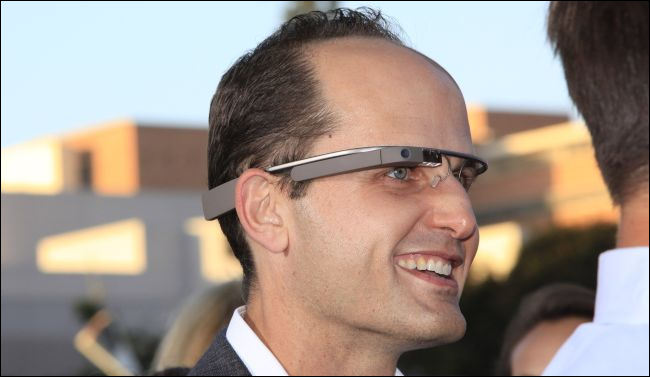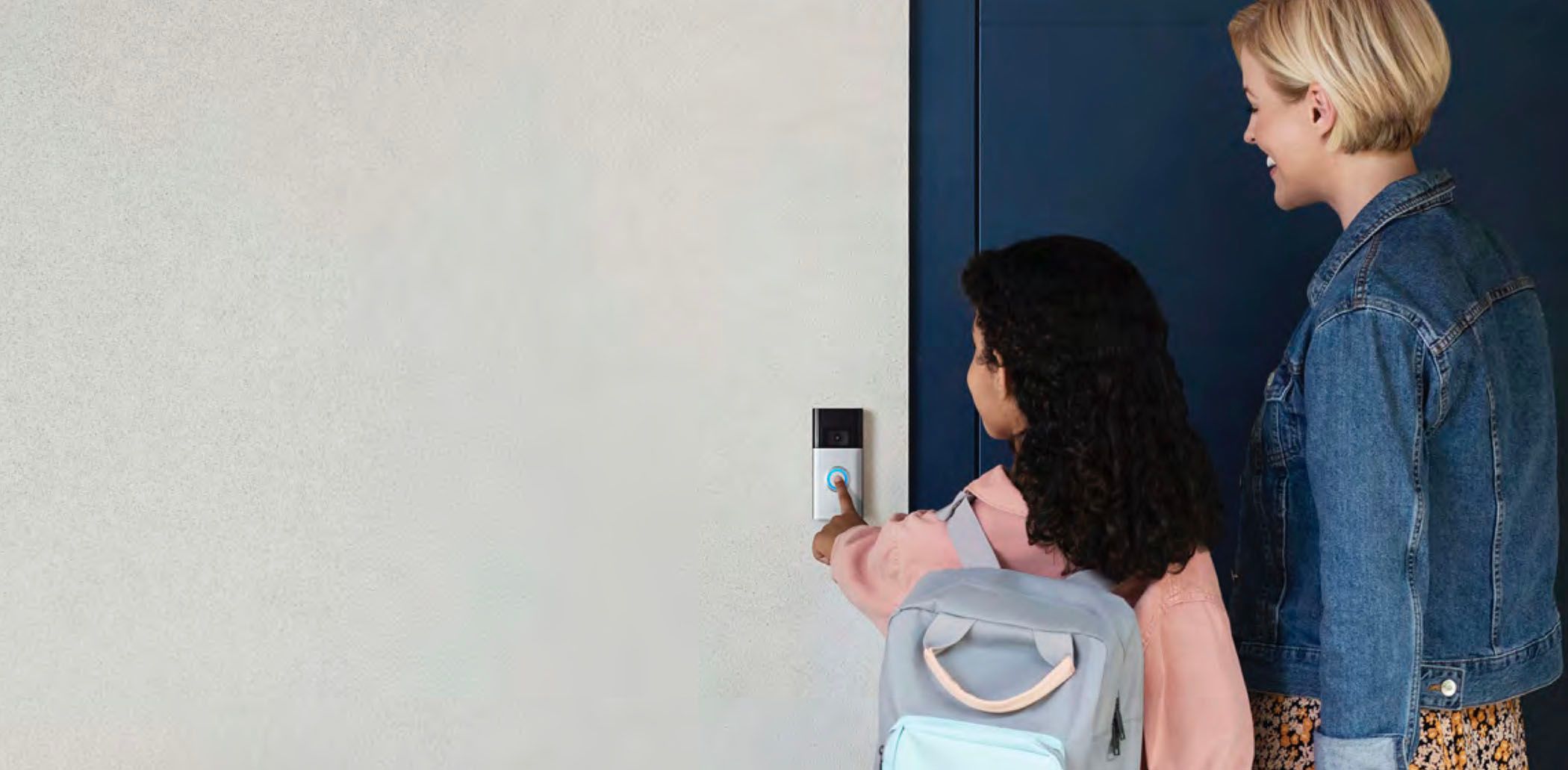Key Takeaways
- AR glasses raise privacy concerns due to wearable cameras.
- Big companies could profit from the data generated by AR glasses.
- Data leaks for smart devices have happened before, posing risks.
When Google Glass first launched, it was subject to ridicule. Too expensive and limited, it faded away quickly along with its worrying privacy concerns. Now, AR glasses are back, this time with actual appeal and much more reasonable pricing. This means that you’re far more likely to run into someone with a pair in public! So what now?
Wearing Cameras on Your Face Comes With Risks
While AR glasses are undeniably cool, there will always be an inherent privacy issue when it comes to wearable cameras. At least, the perception of cameras in glasses has historically been controversial. Will that still be the case today? When Google Glass first came out we didn’t have nearly the saturation of cameras in public. Now there are Ring doorbells, camera drones, people with phone cameras, police with body cams, and much, much more. I doubt anyone can put a foot outside in urban areas without some camera capturing them. So, perhaps AR glasses won’t be quite the privacy shocker they were over a decade ago.
Whether people feel it’s a privacy issue or not, AR glasses are somewhat different to typical civilian cameras. They are more like police body cams, and it will be necessary for people to activate and deactivate them using common sense. I think it’s probably also a good idea for these glasses to have automated systems to prevent them recording in certain areas, or in certain situations.
We Already Know Big Companies Want Data
As with so many gadgets, the real money isn’t in selling the hardware or even the service that comes with it. It’s the data that these devices generate. This already happens with our phones and apps like social media, but AR glasses offer a new and unique avenue. Using advanced data analytics, AR glasses will likely offer new types of insights. Especially given that we now have technology that can reliably analyse images or video and “understand” what’s in the image.
For me, the main takeaway would be that AR glasses will live and die by their privacy policies and what they let users opt in or out of. How much of the data leaves your local devices? What sort of third-party data sales can happen? Before any of us fork over the cash for a pair of AR glasses, we should whip out the magnifying glass first and peruse that fine print.
Data Leaks for Smart Devices Have Happened Before
It’s not a question of whether private data from AR glasses will leak, but rather when it will leak. There is no such thing as perfect security, and if enough users and companies are involved, data will leak through a breach at some point. There’s precedent in the work of IoT devices, such as the infamous Ring camera doorbell breach. Here, staff illegally spied on users, and failed to prevent hackers from taking control of customer cameras. Likewise, private images from Roomba robot vacuum testers ended up on social media. So just imagine what could happen with wearable cameras.
How to Live With AR Glasses in Public
Unless something happens to AR glasses development that makes them deeply unlikeable, I suspect that they’ll become fairly common over the next decade or so. Which means that, like it or not, we’ll all have to learn how to live with them. Of course, we can all just decide not to think about it and pretend there’s no issue, but it makes more sense to simply assume you’re being filmed in public, or anywhere you have no reasonable expectation of privacy.
There are also already several technologies that prevent facial recognition, and I think it’s reasonable to think that there will be similar countermeasures against AR glasses, and it’s not a moment too soon given that AR surveillance glasses already exist.







